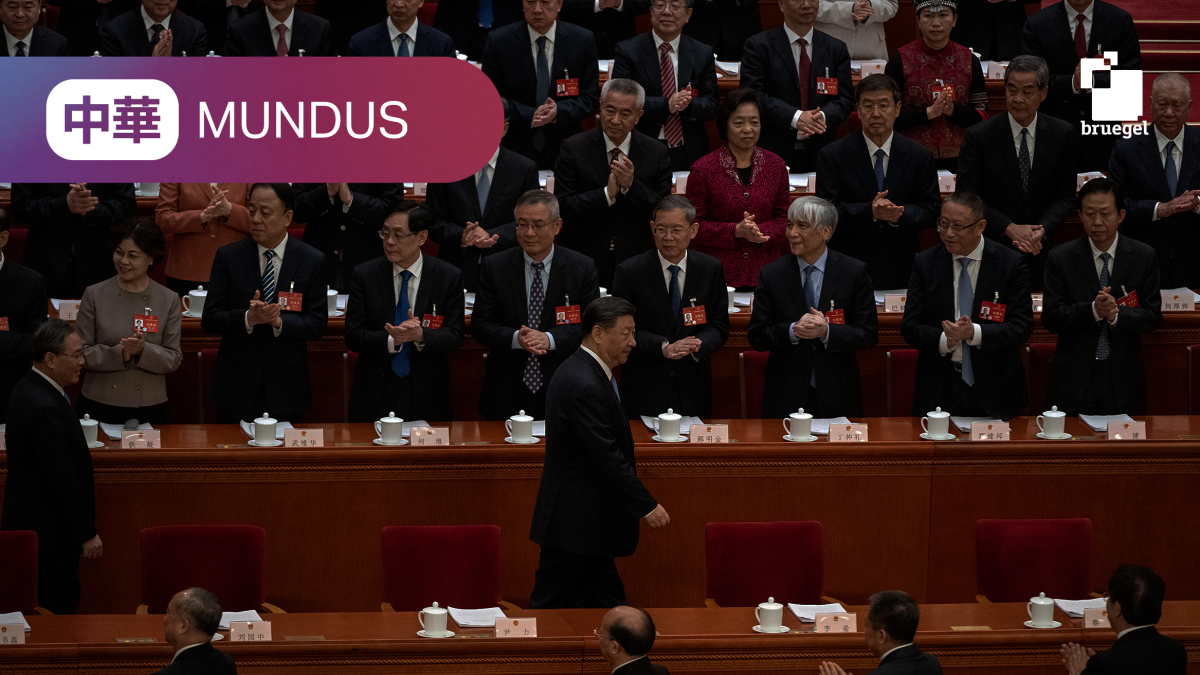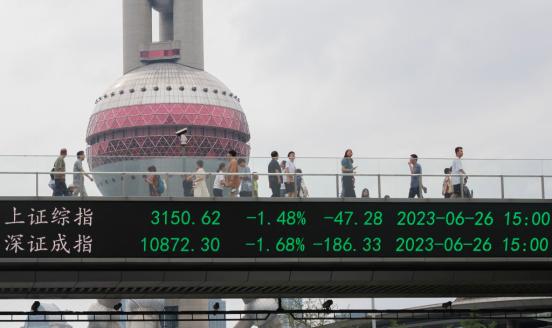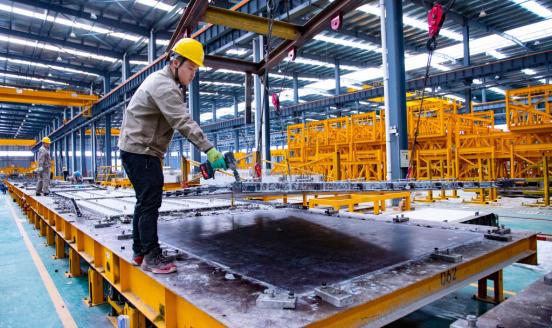China's continued focus on the same export-driven model is bound to hit an impasse


China’s ‘Two Sessions’ – the National People’s Congress (NPC) and the National Committee of the Chinese People's Political Consultative Conference (CPPCC) – took place from 4-11 March in Beijing. Premier Li Qiang delivered his first ‘work report’ which marked both the beginning of a new era for China and the 75th anniversary of the People's Republic of China (PRC). This is the first year that China is experiencing full economic normalisation after the pandemic, as a positive push from the end of mobility restrictions under Zero-Covid policies in 2022 distorted economic data in 2023.
Li Qiang's first ‘work report’ delivered on 5 March signifies a departure from the previous decade under Premier Li Keqiang's leadership. The report puts more emphasis on the supply side rather than on the demand side of the economy. The focus on ‘new productive forces’ in the report indicates that China aims to double down on manufacturing and advanced manufacturing, while demand-oriented stimulus measures seem to be less relevant. Foreign investors were expecting China to announce fiscal and/or monetary stimuli to support the fledging economy. The disappointment of investors was felt in a 2% drop in the Hang Seng Index right after the ‘work report’ was delivered, which is China’s most relevant offshore barometer of foreign sentiment.
Whether the focus on manufacturing production instead of consumption will be successful depends on how much Chinese products the rest of the world will accept. The excess supply stemming from China’s obsession with advanced manufacturing has been creating deflationary pressure to help the world swallow all those products. However, even with much lower prices, the data shows pervasive overcapacity in most manufacturing sectors in China, including in the solar panel and electric vehicle battery sectors, and export markets which China already dominates. Protectionist measures being taken by the US and other countries will make it more difficult for China to sell the products stemming from these ‘new productive forces’. In the face of global protectionist measures, the fact that Li Quang expects the ‘new productive forces’ to solve China’s growing pains, instead of promoting and supporting domestic consumption, seems like an inherent contradiction.
Chinese policymakers are not ready to jump into the unknown territory of “high-quality economic development” and abandon the country’s old-fashioned growth targets, especially given how much emphasis President Xi has put on the quality of growth. The emphasis on quality hinges on the determination of Chinese policymakers to move away from the real estate sector as the main source of growth and towards advanced manufacturing. However, keeping the actual GDP growth target at the same level as last year (5%) points to a lack of confidence in moving away from the old model.
A much bolder move would have been to recognise that China can no longer achieve the same GDP growth as last year because of relentless structural deceleration and then adjust economic plans accordingly. Moving to high-quality growth implies that some costs will need to be born in terms of economic deceleration in the transition from a real estate-based model to a model that needs less investment and more consumption. China does not need more investment in a different sector (like manufacturing) as this will only delay the rebalancing of the economy.
Achieving the high 5% target will be challenging because of cyclical and structural headwinds. However, the pressure on Premier Li Qiang to keep a high growth target remains intact, even though there is a new aim of achieving high-quality growth. Such pressure to grow above potential, mainly by doubling down on advanced manufacturing, is bound to create additional tensions with China’s major trading partners. China’s 5% growth target in 2024 will be harder to achieve than it was last year. If achieved, it will be thanks to the rest of the world absorbing China’s excess capacity but this is by no means certain. Even if it does happen, China’s increased focus on manufacturing will only create more capacity to absorb in 2025 making this growth model as unsustainable as that of real estate, although for different reasons.
ZhōngHuá Mundus is a newsletter by Bruegel, bringing you monthly analysis of China in the world, as seen from Europe.
This is an output of China Horizons, Bruegel's contribution in the project Dealing with a resurgent China (DWARC). This project has received funding from the European Union’s HORIZON Research and Innovation Actions under grant agreement No. 101061700.




